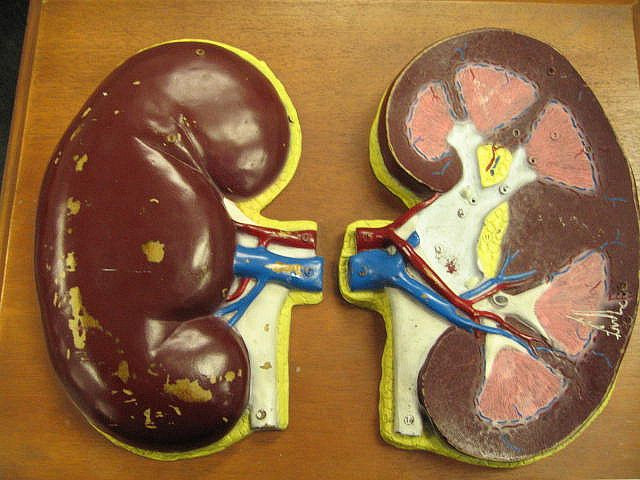Black Patients Getting More Kidney Transplants Thanks To Deceased Donors, Partial Matches, And A New Matching System

Getting an organ transplant is a long, expensive, and sometimes frustrating process. According to the Department of Health and Human Services, an average of 79 people get a new organ each day, while an average of 22 people die before they can get a life-saving transplant. As of May 2015, the national waiting list for an organ donation was 42 percent Caucasians, and 30 percent African-American. Those numbers weren’t nearly as close together 15 years ago, but a new study shows just how far we’ve come in closing the racial disparity in organ transplant recipients.
According to the 13-year study, published in JAMA Internal Medicine, the rates of kidney transplants between black and white end-stage kidney disease patients was pretty much equal by 2010. Those rates remained stable in 2011 and the trend has likely continued, according to senior author Dr. Jesse Sammon, a urologist-researcher at the Henry Ford Health System in Detroit.
In 1998, the rate of kidney transplants among black patients was about 93 per 1,000 people. That number climbed to 128 per 1,000 people in 2010 and 2011. That number was the same for white patients, which was actually a decline from 1998.
The increase in number of black transplant patients was driven by the increased rates of kidney transplants from deceased donors. According to the U.S. Department of Health and Human Services, as of 2012, 83 percent of people who received kidney transplants from deceased donors were still alive five years later, which is slightly less than the 93 percent of patients who received kidneys from live donors.
This trend of more donations of kidneys may come from a 2003 change in the allocation policy for donor kidneys. The change allowed for more donors to receive kidneys that were only a partial match. Though transplants have the best chance of succeeding when the new organ is a perfect match, new transplant techniques and anti-rejection drugs can help partially matched organs do better in their new owners.
For African-Americans, a new matching system that took effect last December was designed to further improve their rates. The system counts the waiting time for a kidney from the date the patient starts dialysis, not from when they joined the waiting list, since most transplants go to the patient who waited the longest. Since end-stage kidney disease is most common in blacks, they make up about one-third of all patients on the national kidney transplant wait list.
Source: Sood A, Abdullah NM, Abdollah F, et al. Rates of Kidney Transplantation From Living and Deceased Donors for Blacks and Whites in the United States, 1998 to 2011. JAMA Internal Medicine. 2015.



























